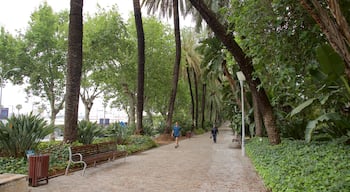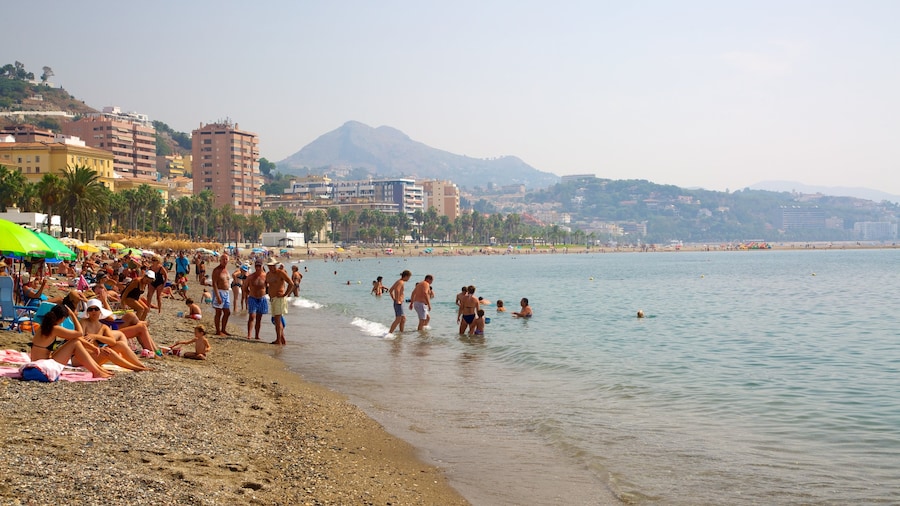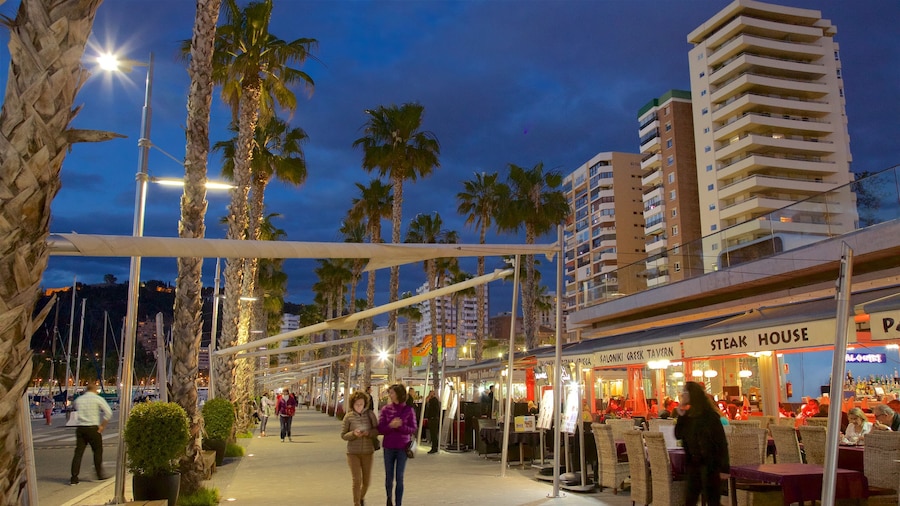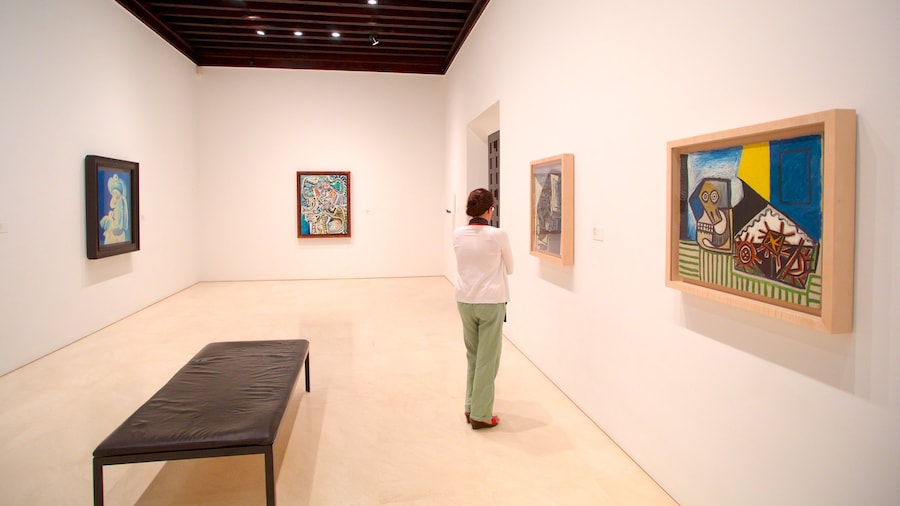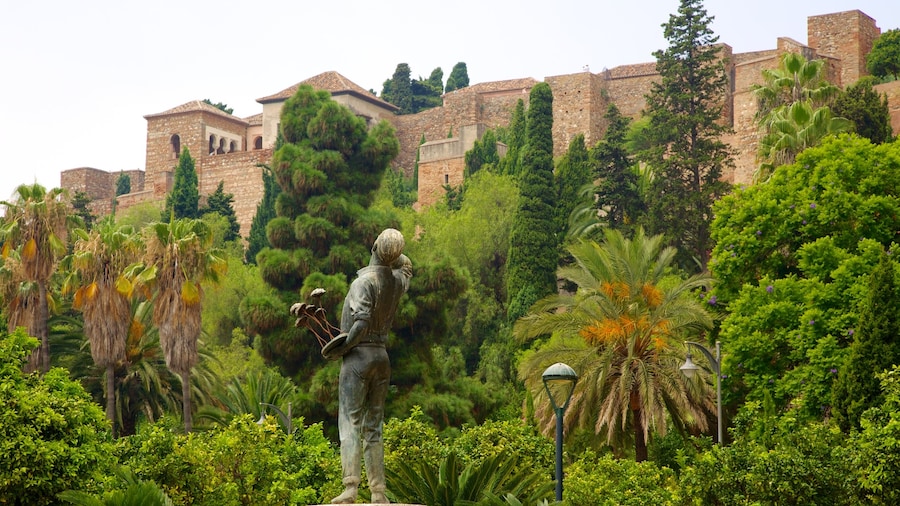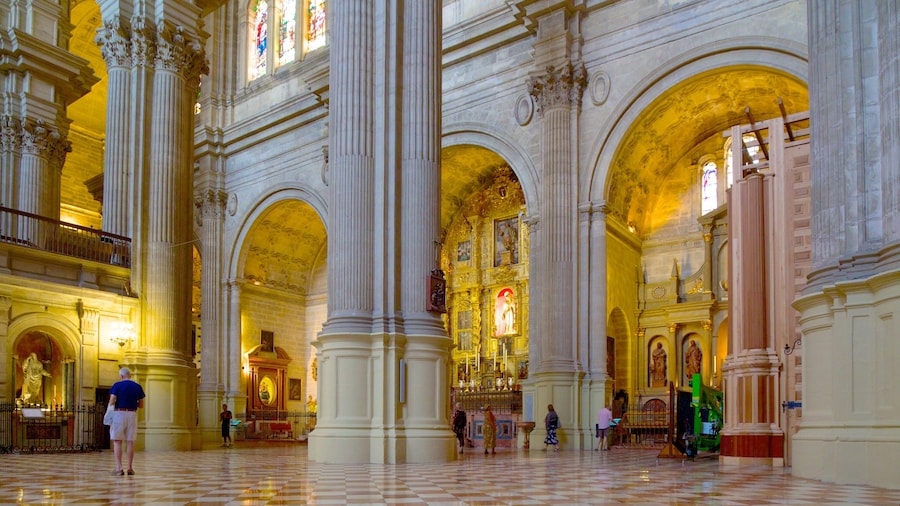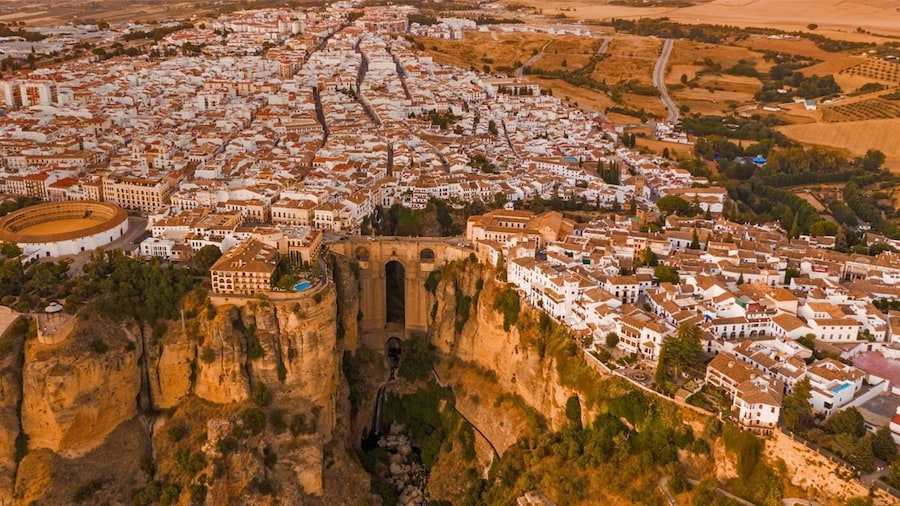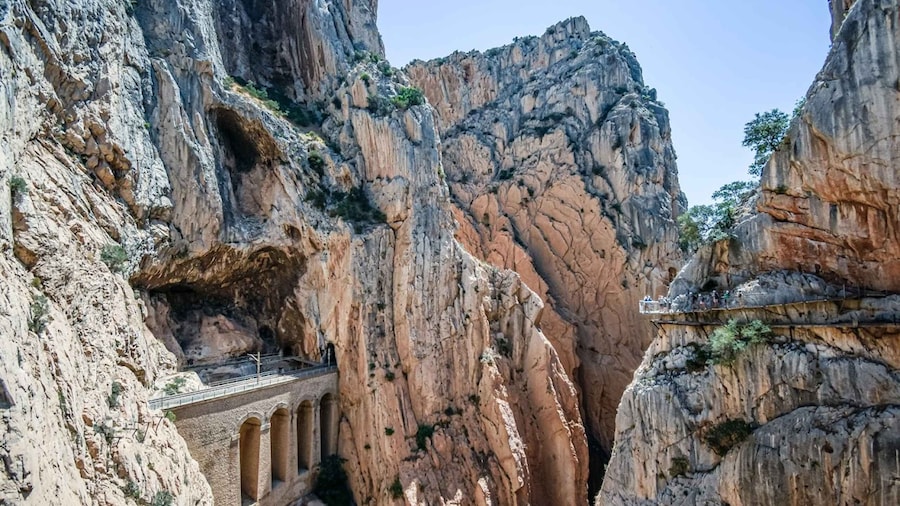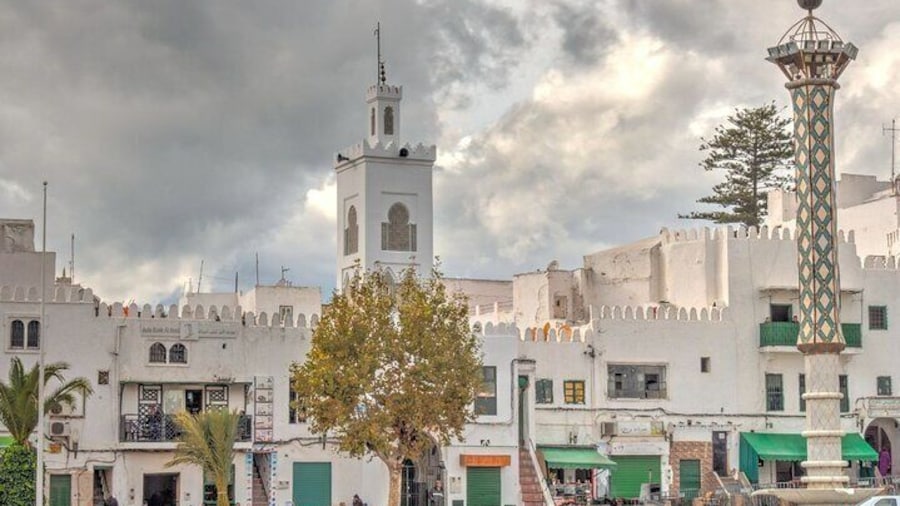Explore the city’s historic center to see palace fortresses, a leafy promenade and the birthplace of Pablo Picasso.
Malaga’s historic center, with its monuments and winding streets, is an inviting place for a leisurely stroll. In this small pocket of the city, Malaga’s rich history becomes touchable. Buy an espresso and a handful of Spanish churros (sweet deep-fried pastries) from a street stall and set out exploring. You’ll see ancient Roman, Moorish and Andalusian Christian relics all within a few city blocks.
Follow the curving waterfront paths past the exotic plants and trees of the central communal space called Paseo del Parque. This promenade-turned-park is also the Old Town’s major transport hub and metro buses frequent the long promenade. Rising up from the east end of the park is the impressive Plaza de Toros, Malaga’s historic bullring, which is still in use today.
Leave the park at its northern end to reach the regal fortress, Alcazaba. If you feel fit, walk the steep steps to the towering Gibralfaro Castle to be rewarded with a magnificent view across the city and the Alboran Sea. There are also taxis and buses that drive to the top of the mountain, so there is no need to work up a sweat.
Wandering back down the hill, stop by the Malaga Ampitheatre near the entrance of Alcazaba. This ancient amphitheater dates back to the first century B.C. and is the city’s oldest monument. From here, follow the winding streets west, to see the Renaissance-style Malaga Cathedral.
Finish off your exploration with a Spanish sherry or a spicy sangria and watch the sun set over the terra-cotta tiled roofs of Malaga city.
At night, visit the heart of the Old Town where a lively dining scene unfolds. The narrow, curving one-way streets are dotted with restaurant terraces. Let the charming waiters tempt you to take a seat and order some Andalusian seafood dishes. Until late at night the tapas, paella and fried fish are being brought out to hungry visitors with typical Spanish flair.
The pedestrian-friendly Old Town is best explored on foot but is also serviced by Malaga’s affordable metro buses.





